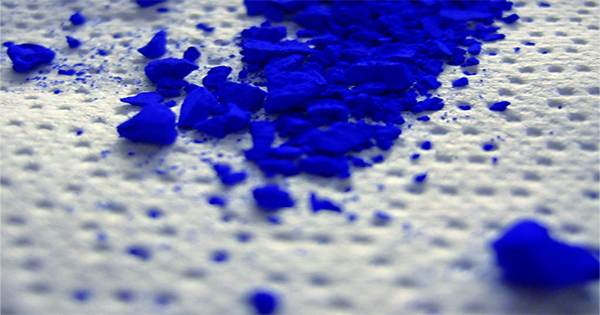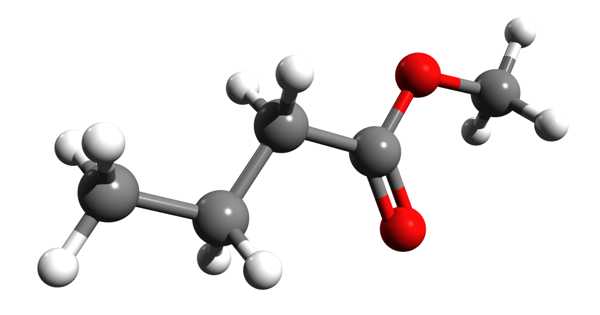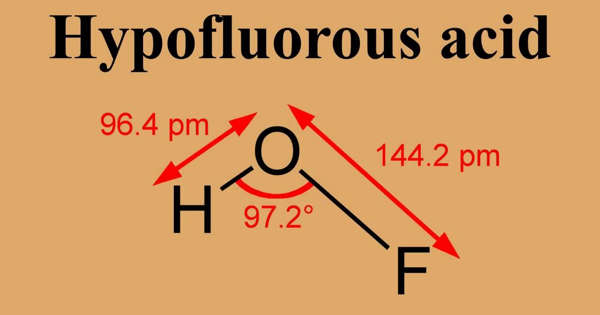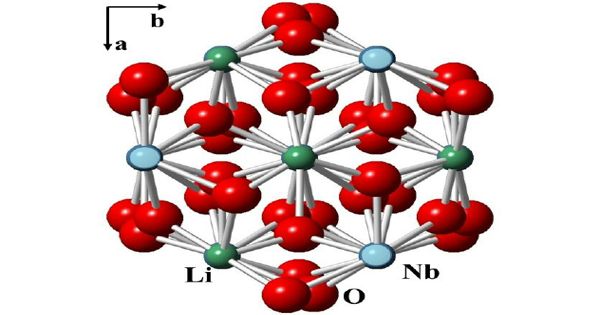Scripps Benzocyclobutenes (BCBs) are a class of reactive compounds that are highly valued as building blocks for drug molecules, but have been relatively difficult to access. Research chemists have solved a long-standing problem in the field of pharmaceutical chemistry with a relatively simple and controllable method for making BCBs.
The novel technique, which is detailed in an article published in Science, breaks pairs of neighboring C-H bonds of the methylene type in relatively affordable and plentiful carboxylic acids using designer ligand molecules and palladium-atom catalysts. By severing these connections, a procedure known as a formal cycloaddition makes it possible to create BCBs with a remarkable degree of simplicity.
With very simple syntheses of a number of BCBs prevalent in conventional medicines as well as in investigational and licensed medicinal compounds, the researchers showed the new approach.
The ability to make direct use of abundant and structurally varied acyclic and cyclic acids as substrates, without pre-functionalization, substantially expands chemists’ access to diverse BCB scaffolds including heterocyclic BCBs that can be very useful in drug molecules.
Yu-Kun Lin
The paper, “Regio-controllable benzannulation with two adjacent C(sp3)–H bonds,” was co-authored by Ji-Min Yang, Yu-Kun Lin, Tao Sheng, Liang Hu, Xin-Pei Cai and Jin-Quan Yu, all of Scripps Research.
“Our new method requires only a saturated aliphatic chain and aryl halides as coupling partners for a formal cycloaddition yielding a four-membered ring,” says study senior author Jin-Quan Yu, Ph.D., the Bristol Myers Squibb Endowed Chair in Chemistry and Frank and Bertha Hupp Professor in the Department of Chemistry at Scripps Research. “By contrast, the traditional method for making BCBs requires more steps and yields a mix of products that are hard to separate.”
A four-carbon ring that is moderately rigid, stretched, and reactive and that is fused to a benzene ring make up the distinctive core structure of BCBs. They can be found in a few natural medicines as well as the heart failure medication ivabradine.
In general, they could be highly helpful pharmacological building blocks due to their propensity for biological activity. They are also essential components of polymer dielectrics, photosensitive polymers, and other sophisticated materials.
The synthesis of BCBs has been challenging, however. The inability to control the sequence in which separate reactions take place results in the reaction products containing both the desired and undesirable compounds, which is one of the drawbacks of the many approaches that have been described. Yu’s new method for the first time enables this control a property called regioselectivity.
Last year, the Yu lab developed a method for the palladium-catalyzed, β- and γ-methylene C-H functionalization of free aliphatic acids, to make structurally diverse γ- and δ-lactones also highly valued as potential pharmaceutical building blocks. They pursued a similar strategy to overcome the difficulty of BCB regioselective synthesis, drawing inspiration from that method and using it as a starting point.
In the novel approach, the C-H bonds of two neighboring methylene units in a carboxylic acid were activated by the use of bidentate amide-pyridone ligands containing palladium catalysts.
“In the presence of a dihaloheteroarene, two C–H bonds and two aryl–halogen bonds are stitched together almost miraculously to form a bicyclic BCB scaffold,” Yu says. “Regioselectivity is achieved through the differentiation between the aryl iodide and bromide sites.”
The researchers demonstrated that the technique may be utilized to create various BCBs and hetero-BCBs from a wide variety of cyclic and acyclic aliphatic acids, which is a dream come true for many pharmaceutical chemists.
“The ability to make direct use of abundant and structurally varied acyclic and cyclic acids as substrates, without pre-functionalization, substantially expands chemists’ access to diverse BCB scaffolds including heterocyclic BCBs that can be very useful in drug molecules,” Yu says.
















